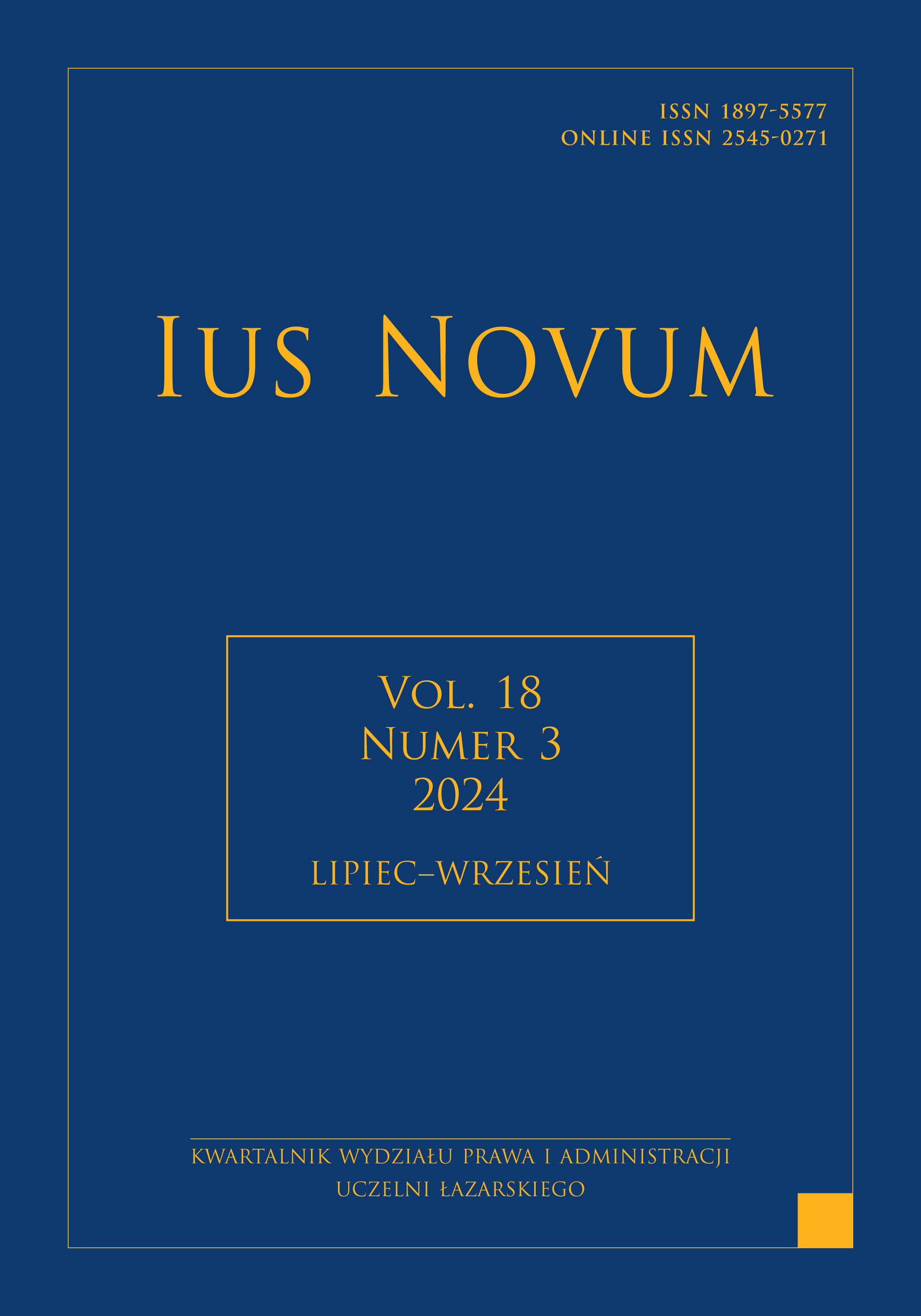Abstract
The article is a review and focuses on the analysis and interpretation of Nassim Nicholas Taleb’s “Black Swan” theory in the context of aviation safety, taking into account various aspects of risk management and preparation for unpredictable events in aviation. We present the thesis that the “Black Swan” theory has significant implications for the development of risk management strategies in aviation, emphasizing the need to prepare for rare but catastrophic events that traditional risk analysis methods may miss. The aim of the research is to understand how the “Black Swan” theory can be integrated into existing aviation safety frameworks and how it can contribute to the aviation industry being better prepared for extreme events. The article stands out for its original approach to the analysis of the “Black Swan” theory in the context of the specificity of aviation safety, pointing to new perspectives in aviation risk management. It provides valuable insights into the practical aspects of applying the “Black Swan” theory to aviation, offering a novel approach to predicting and responding to unexpected aviation events. This is important for both aviation safety theorists and practitioners in this field. The research covers extensive literature analysis, including case studies, risk management theories and current aviation safety strategies, providing a comprehensive overview of the issue.
References
Akerlof G.A., Shiller R.J., Animal Spirits: How Human Psychology Drives the Economy, and Why It Matters For Global Capitalism, 2009.
Aven T., On the Paradoxes of Risk Management in the Light of the Black Swan Theory, „Journal of Risk Research” 2013, s. 57.
Balcerzak T., Global Aerospace Industry Risks, „Scientific Journal of the Silesian University of Technology” 2019, doi: https://doi.org/10.20858/sjsutst.2019.102.1.
Balcerzak T., Kostur K., A New Generation of Disruptors Is Planning to Redefine Air Travel – So What Does This Mean For Airlines and Airports?, „Revista Europea de Derecho de la Navegación Marítima y Aeronáutica” 2019, ISSN: 2386-8902.
Balcerzak T., Kostur K., Zmigrodzka M., The Impact of the New Coronavirus (COVID-19) on Global Civil Aviation, „Revista Europea de Derecho de la Navegación Marítima y Aeronáutica” 2021, ISSN: 2386-8902.
Clarke L., Mission Improbable: Using Fantasy Documents to Tame Disaster, Stany Zjednoczone, 1999.
Gladwell M., The Tipping Point: How Little Things Can Make a Big Difference, 2000.
Gossling S. et al., Risk and Hyperconnectivity: Media and Memories of Neoliberalism, Wielka Brytania, 2016.
International Air Transport Association, Airline Safety and Security Guidelines, IATA, 2017.
International Civil Aviation Organization, Safety Management Manual, ICAO, 2018.
Kahneman D., Thinking, Fast and Slow, Stany Zjednoczone, 2011.
Mandelbrot B., Hudson R.L., The (mis)behavior of Markets: A Fractal View of Risk, Ruin, and Reward, 2004.
Poole R.W., Jr., Rethinking Airport Security, Stany Zjednoczone, 2016.
Risk Rating, https://www.wallstreetmojo.com/risk-rating/.
Sagan S.D., The Limits of Safety: Organizations, Accidents, and Nuclear Weapons, Vol. 53. Princeton 1993, https://doi.org/10.2307/j.ctvzsmf8r.
Silver N., The Signal and the Noise: Why So Many Predictions Fail – But Some Don’t, 2012.
Sornette D., Why Stock Markets Crash: Critical Events in Complex Financial Systems, 2003.
Steyn J., Tunnel Vision and Black Swan Risks, Black Swan Risk Management for Projects, https://www.researchgate.net/publication/358802360_Black_Swan_Risk_Management_for_Projects.
Taleb N.N., Fooled by Randomness: The Hidden Role of Chance in Life and the Markets, 2010.
Taleb N.N., The Black Swan: The Impact of the Highly Improbable, Stany Zjednoczone, 2007.
Taleb N.N., The Fourth Quadrant: A Map of the Limits of Statistics, „The Edge”, Stany Zjednoczone, 2008.
Taneja N.K., Airlines in the Age of Information, Wielka Brytania, 2016.

This work is licensed under a Creative Commons Attribution-NonCommercial-ShareAlike 4.0 International License.

